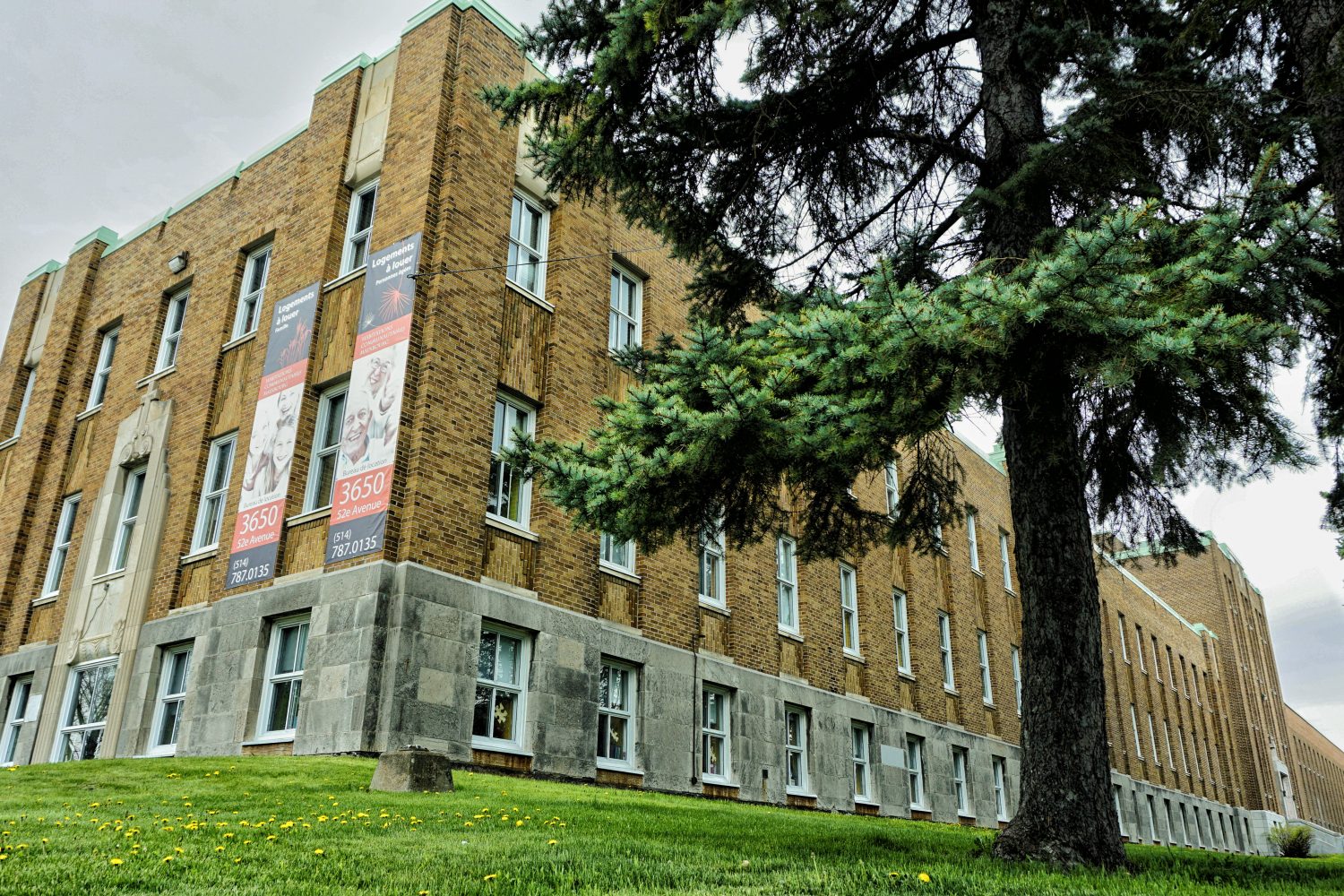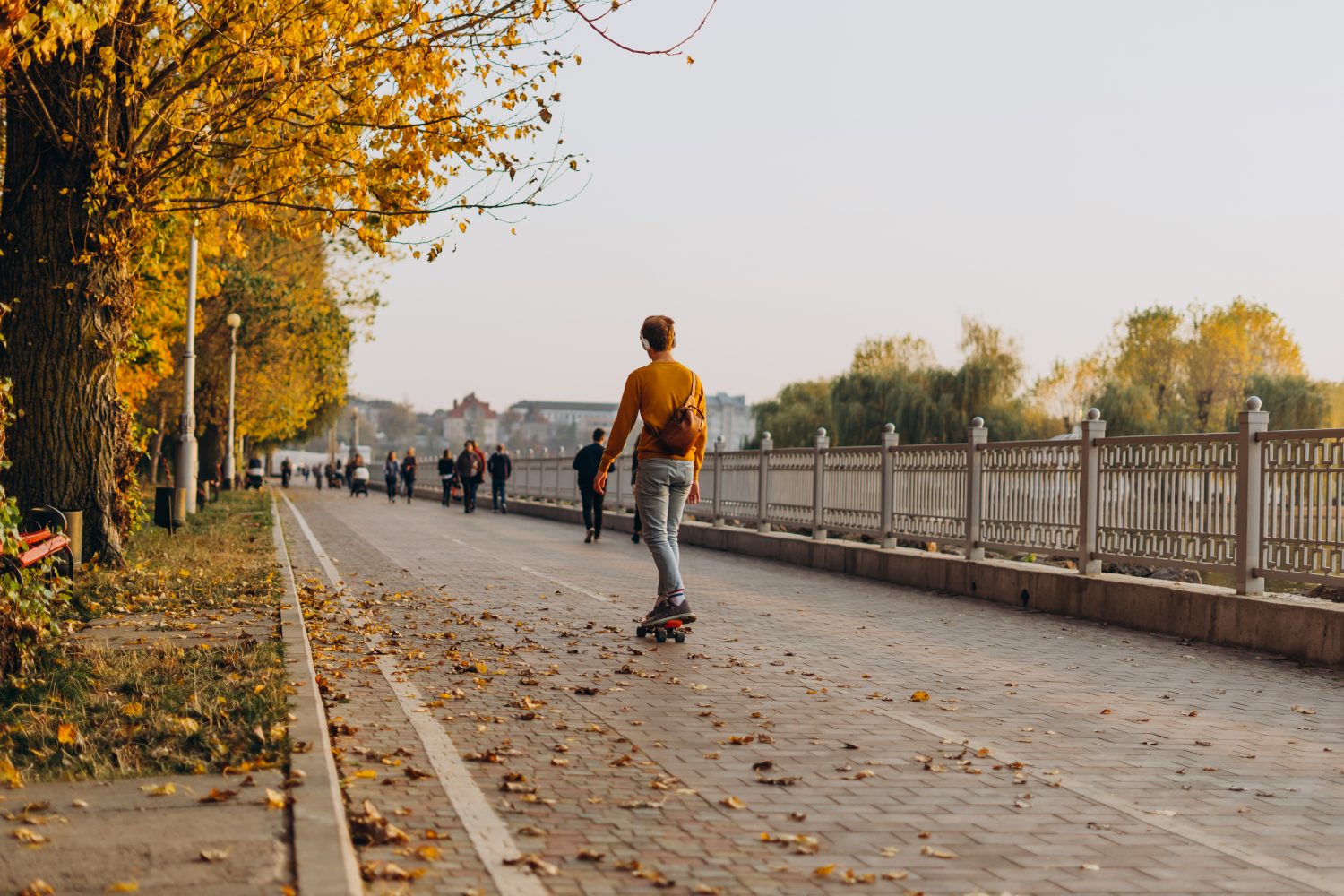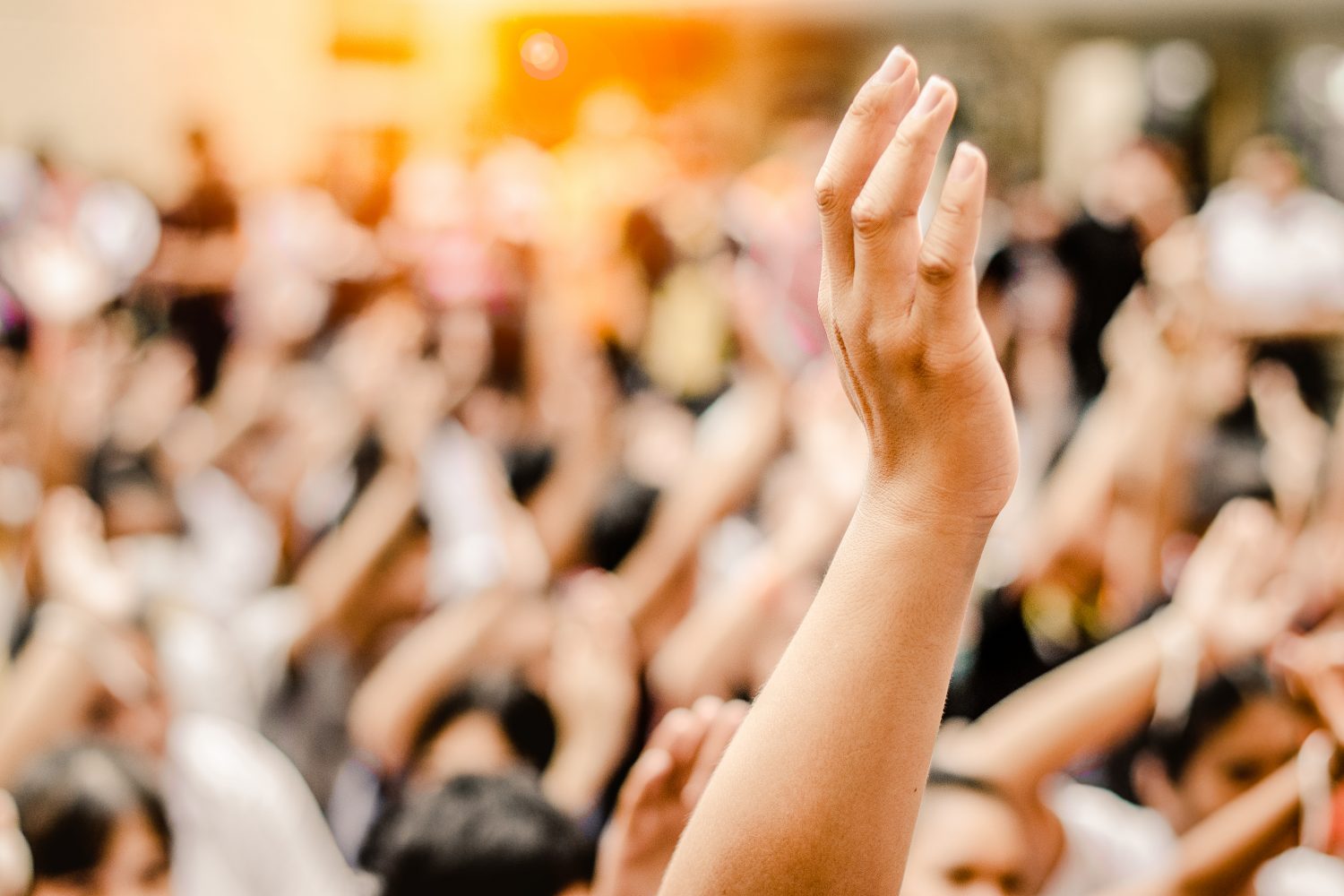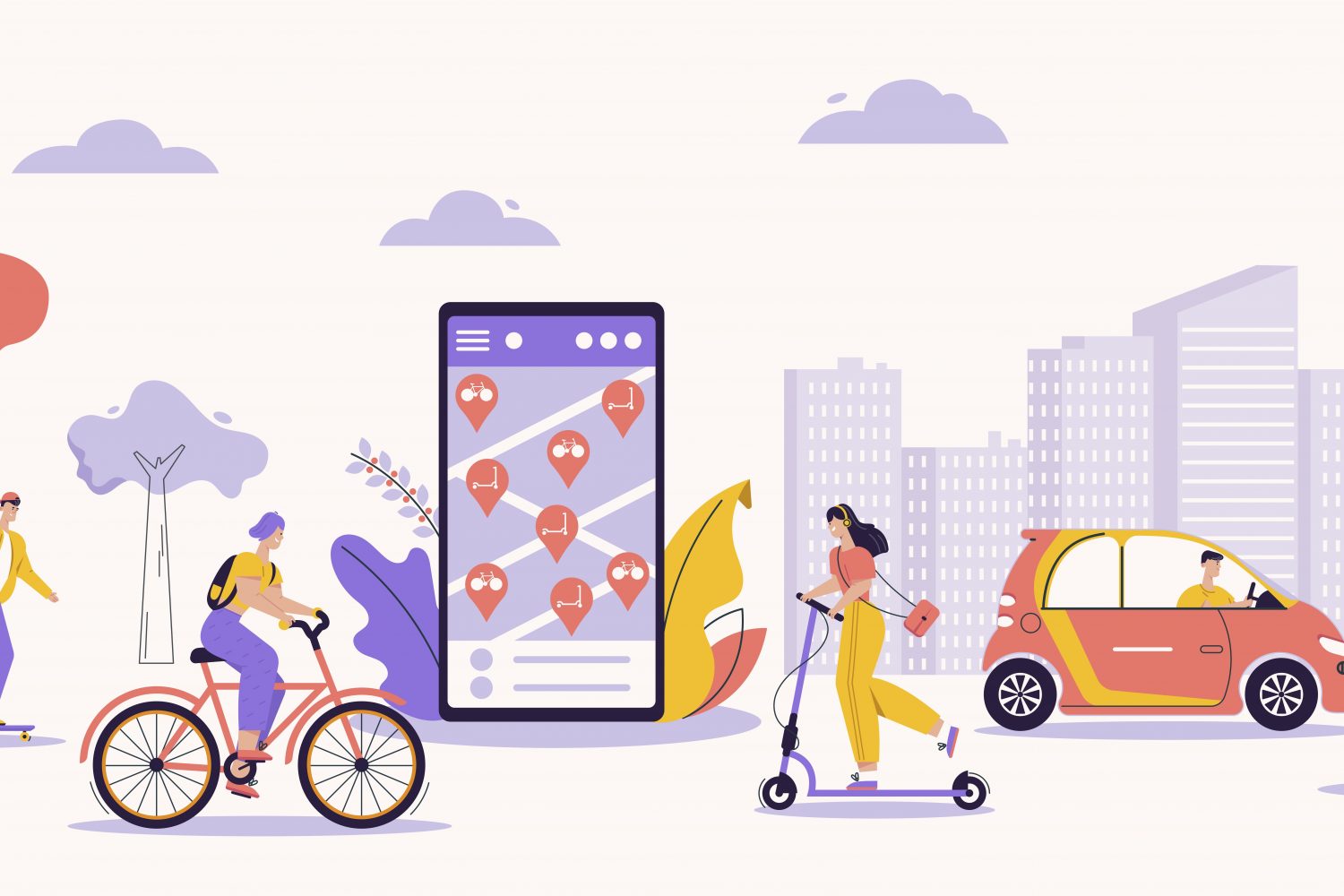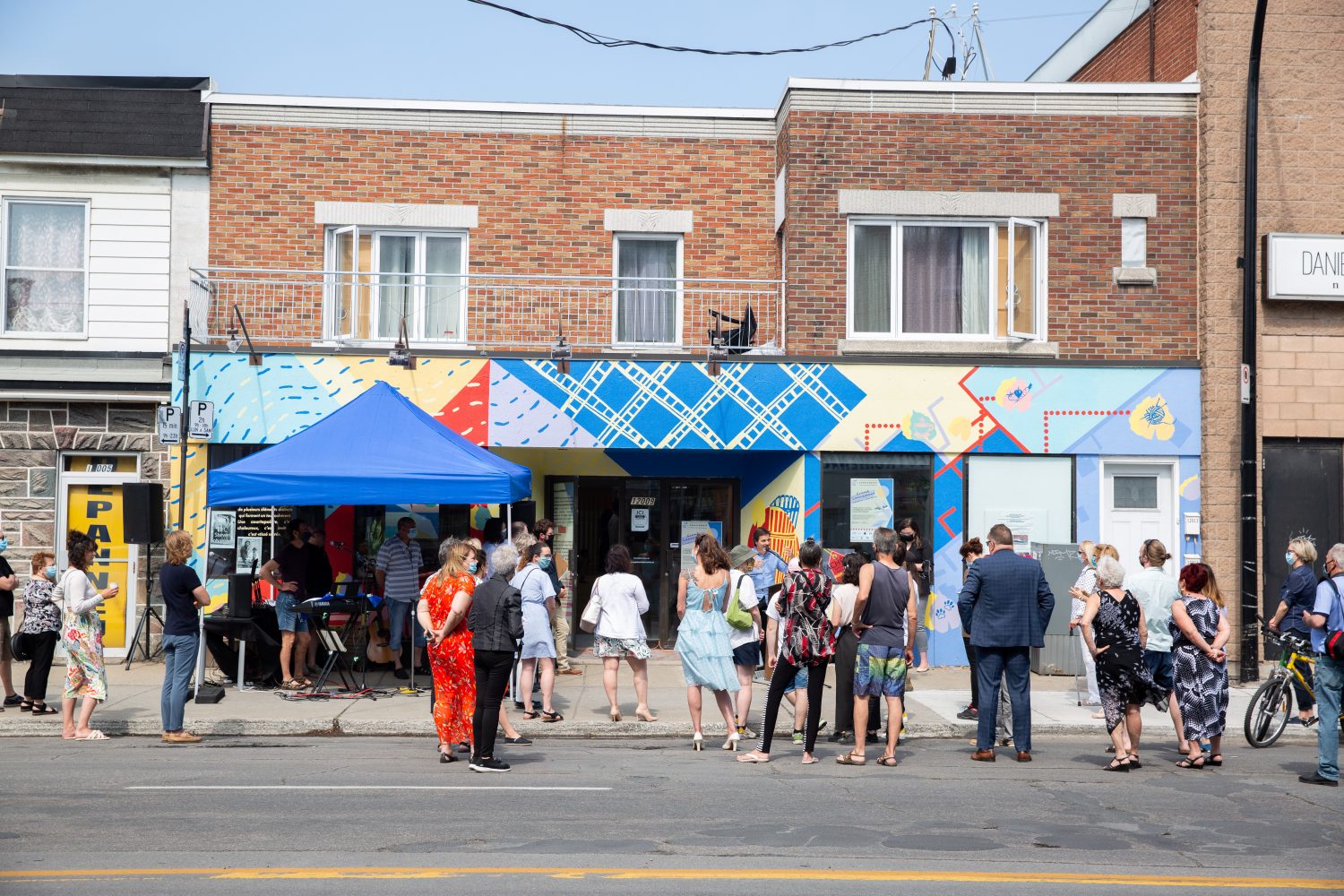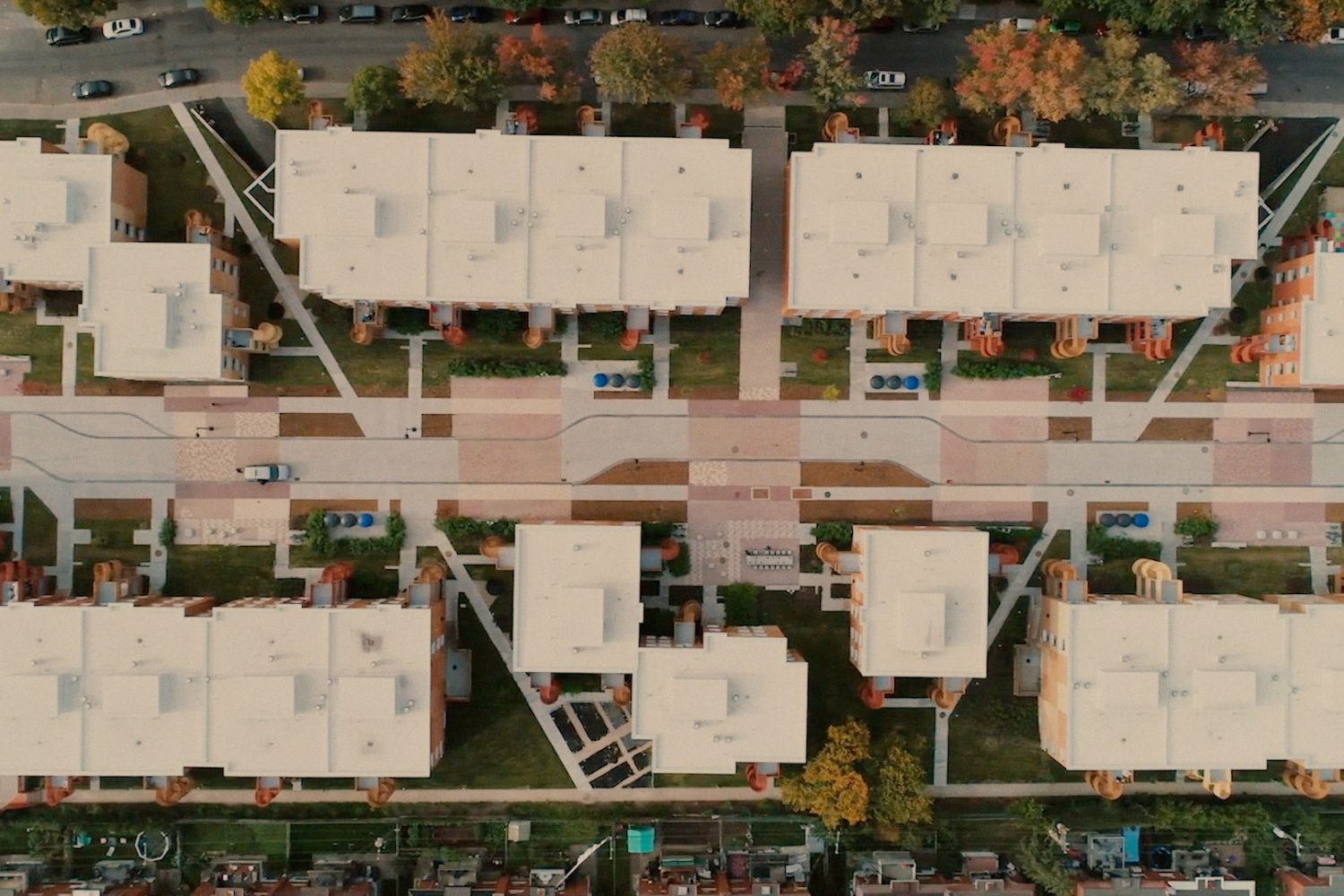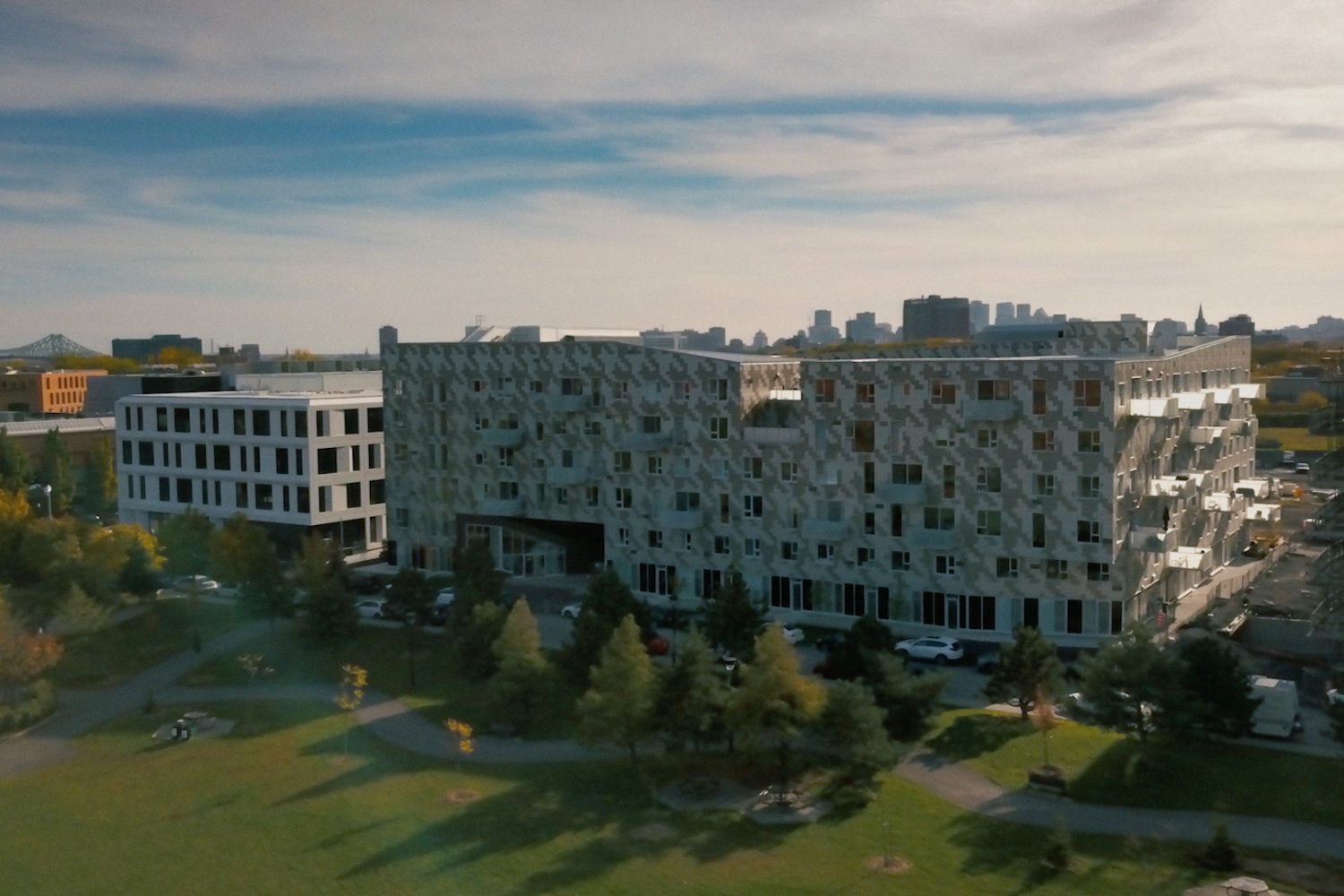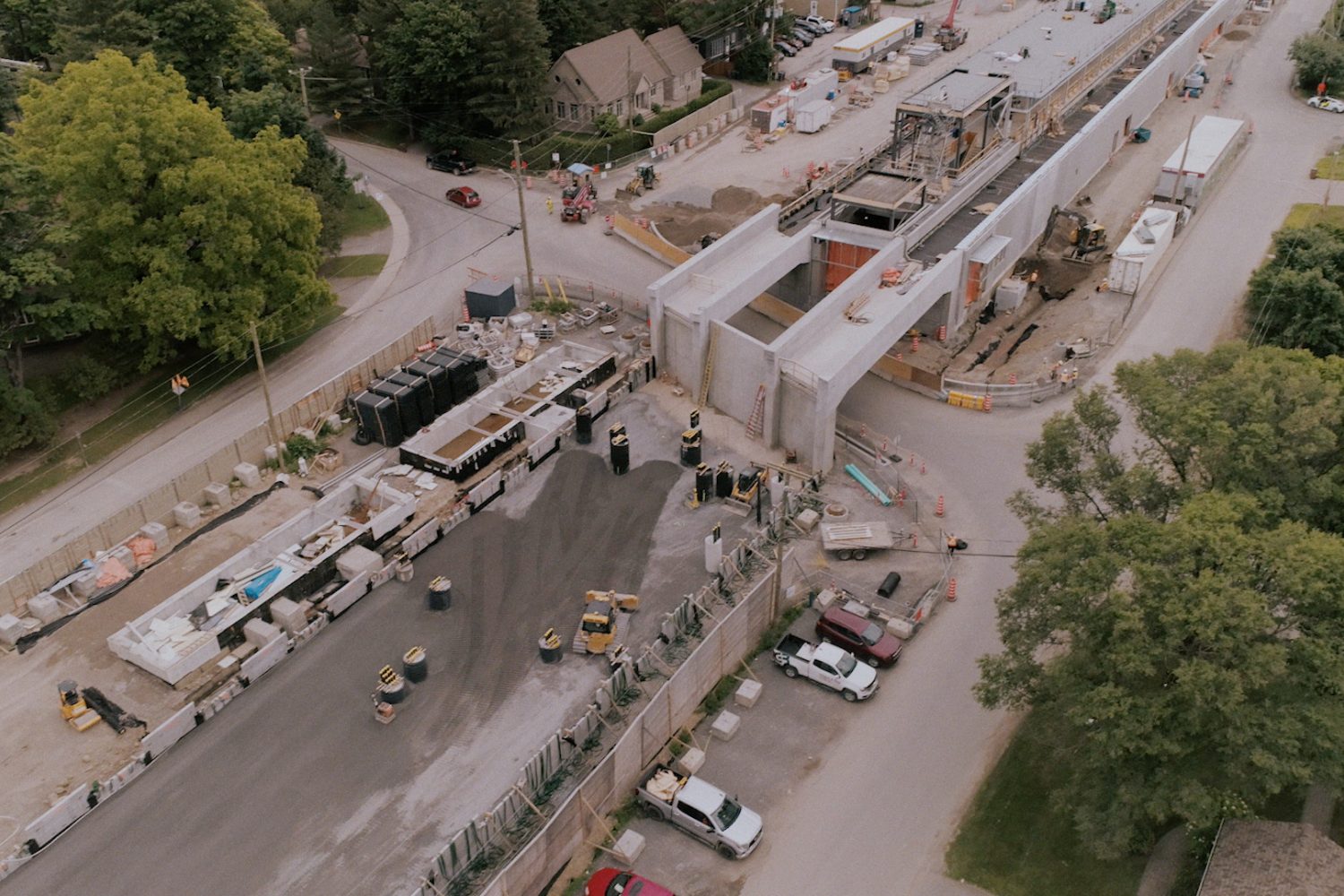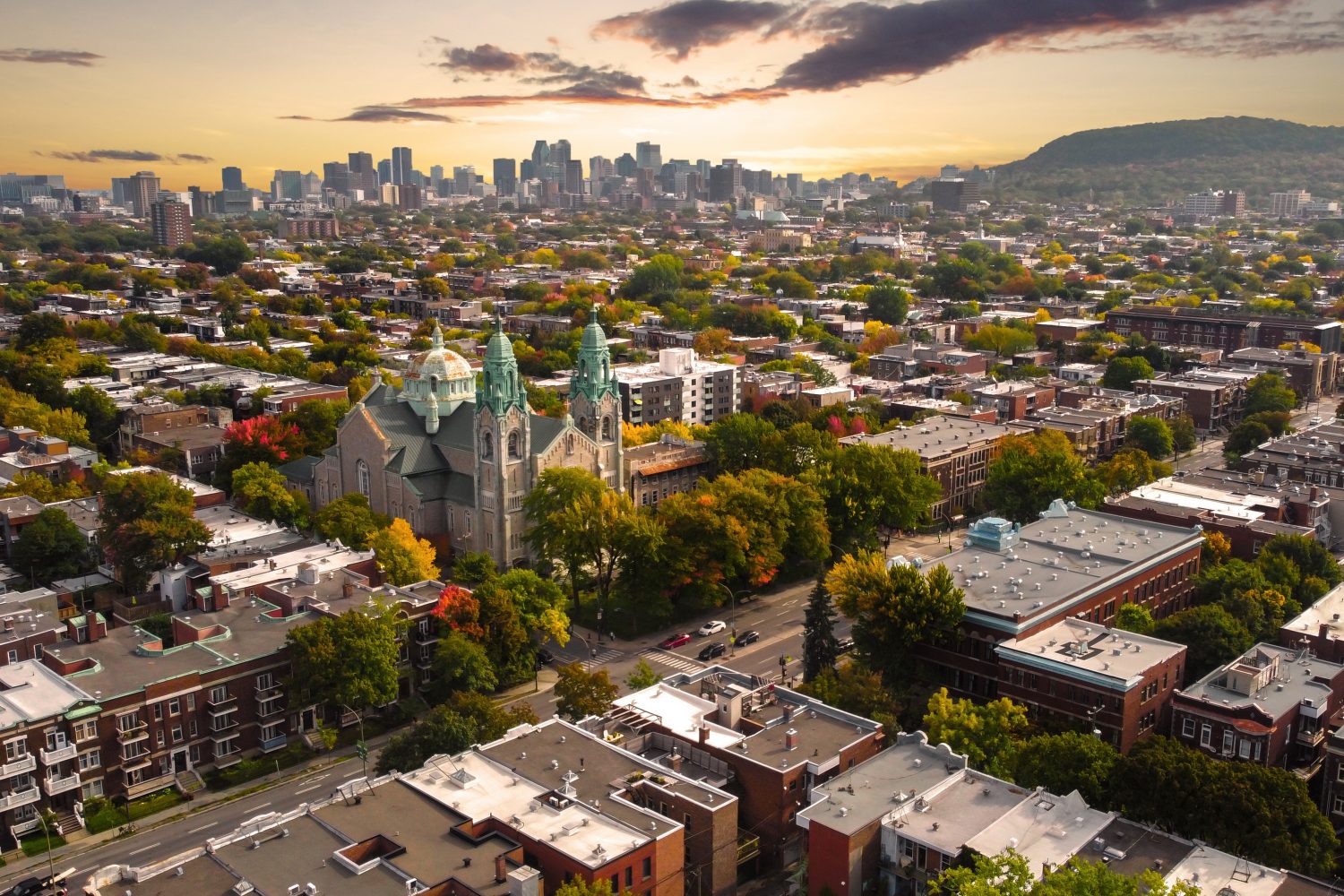
In addition to urban sprawl, several external factors must also be taken into consideration in this thought process. Climate change, shortage of resources in rural areas or even the pandemic are examples of this. But this leads to another question: even though the pandemic has brought out new facets of life in the city, are they simply temporary phenomena or are they here to stay?
Attempting to take all these factors into account, broad trends are emerging and being integrated into urban planning and new developments by administrations, the community and even some private developers who are keen to build differently. Moreover, we must not delude ourselves. Ecology, good living and sustainable development have been concerns of city dwellers for many years, creating new markets and attracting potential customers. Therefore, it makes sense to go green.
Getting around: Leave the car at home!
With a focus on public transit and active modes of transportation, future cities will certainly be more welcoming to pedestrians and cyclists. The “15-minute city” concept is favoured by urban planners and public authorities in the development of new projects, but it requires a certain amount of density in the target area, among other things.
Transport services are also becoming more autonomous and intelligent in the freight handling and transport sector.
Check out: Living in the Cities of the Future, Episode 6 of the video series Décoder le monde, co-organized by the Fonds de recherché du Québec and the Musée de la civilisation.
Energy efficiency and urban farming: No waste!
To reduce greenhouse gas emissions, spaces are being redesigned around the concept of “Bringing nature to the city”: green and photo voltaic towers, buildings that reduce pollution, ecological corridors… Self-sufficiency and recycling of resources are encouraged through the use of green roofs, natural air conditioning, solar panels, rainwater recovery and green corridors.
The emphasis is on wastewater and waste recycling, renewable energies, and built-in eco-friendly features. In the future, development should be clean and sustainable.
Check out: From Cities to Gardens, Episode 2 of the podcast Lignes de désir
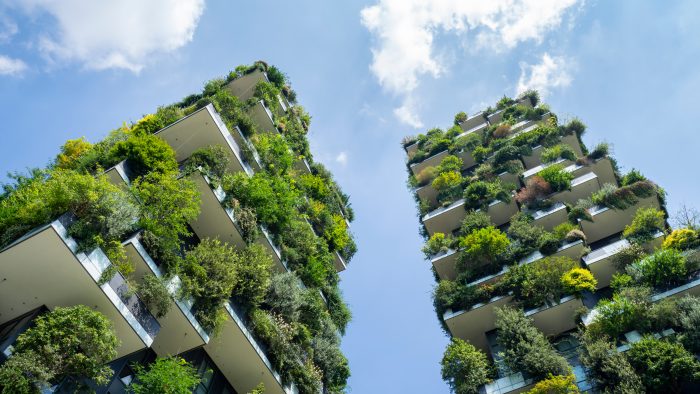
Agriculture is brought back into the heart of cities. Farms or kitchen garden balconies are integrated into the design of urban infrastructure. Market garden towers or bioclimatic greenhouses are designed to supply a building, neighbourhood or a city. We say “Yes” to buying local and the circular economy to reduce waste and promote reuse.
New technologies: We’re connected!
Including technology in city development has been a goal for a number of years. We’re thinking planning, programming, networking and data. Humans are connected and cities are smart. Despite certain issues that may need to be considered (leaking sensitive information, hyper surveillance, population control), new technologies make it possible to establish urban behaviour and streamline services and travel.
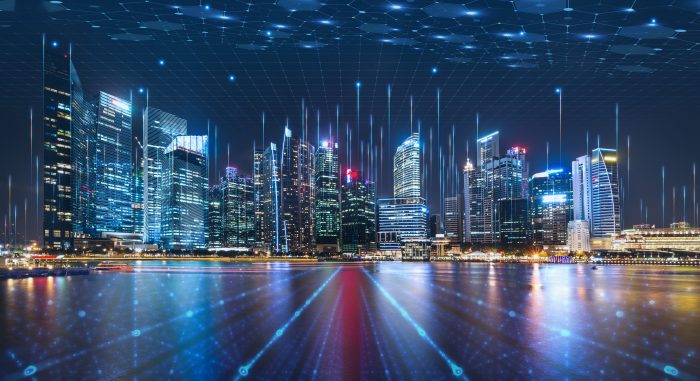
Building underground, developing multi-use tunnels and bridges, constructing walkways. Everything is designed to maximize the space already occupied and reduce sprawl into the countryside, farmland and protected natural areas. In the future, we will rely on data to make development suitable, safe and efficient. Densification is seen as a positive phenomenon and technology serves the people.
Neighbourhood accessibility: Long live diversity!
In imagining the future, we dream of neighbourhoods that are open to communities, culturally-sensitive to specific population segments and that work hand-in-hand with First Nations communities. Services and infrastructure are adapted to people with disabilities, diverse forms of housing are offered, local is promoted, exchange and support programs are developed…
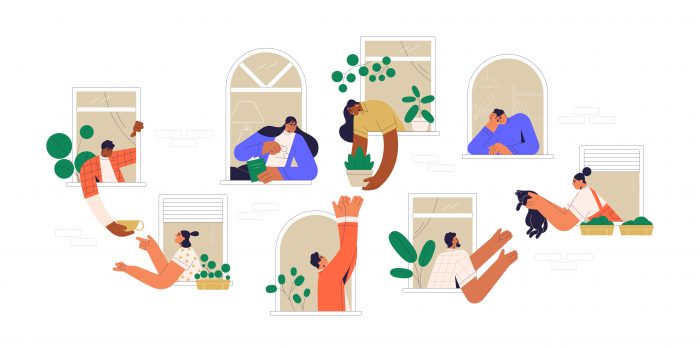
Citizens are not only included but also involved in their community. New developments are centred on citizen and community involvement. Participatory democracy fosters this environmentally-friendly transition.
Check out: Citizen participation in land use planning and development
Healthcare: Services for everyone!
During the pandemic, access to health services became a priority for cities and one that must be fully integrated into future plans. It has led to the emergence or acceleration of new practices such as telehealth or the development of applications offering adequate services for even the most remote populations.
In recent years, the focus has also shifted to issues of human development, improving quality of life, and addressing mental and physiological disorders. In the cities of the future, developments are designed to be therapeutic and beneficial to individuals.
The planning of cities, neighbourhoods and regions will be informed, democratic and inclusive. It is a perilous yet necessary task that administrations and other stakeholders must tackle. There are so many factors and conditions that it may seem impossible to achieve, or at least be a very long way off. Yet one thing is clear: this future we dream of is everyone’s responsibility.


